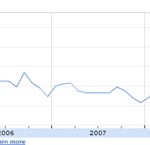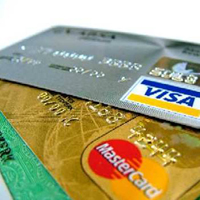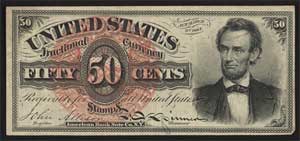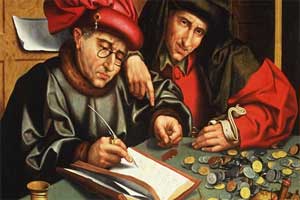
Over the past two years, interest in writing press releases has decreased according to Google Insights for search. Prior to that there was a considerable amount of interest in press release writing. With the economy improving, interest has picked up a little. Learning how to write a good press release may be the key to whether you and your family dine at McDonald’s’ or at the Outback Steak House.
The benefits of writing a good press release and submitting it to press release websites are numerous. Widespread distribution of your announcements can build relationships, trust and hopefully more revenue. There are many sites that allow you to submit your release and the cost varies from free up to several hundred dollars.
If you follow these basic tips, you can get past writer’s block and start producing something people will want to read.
1. Research your topic.
2. Write professionally. Avoid exaggerations.
3. Answer the question, Why should anyone care?
4. Make your press release timely and unique.
5. Choose to highlight something unusual.
6. Discuss a study or real life example.
7. Clearly state the problem your company solves.
8. Highlight compelling industry trends.
9. Use real life examples.
10. Make the headline a summary.
11. The first paragraph should clarify your news.
12. Use the body of the press release to provide the details.
13. Tie your news release to current events, recent studies, trends and social issues.
14. How does your product or news satisfy desires?
15. If possible, provide a killer news hook for your story.
16. Attach images, videos, links, pdf document or any other materials that enhance your release.
17. Celebrate an anniversary, new president, or new employee.
18. Announce a new product line or service.
19. Promote community events.
20. Write it. Proofread it. Print it. Proof again.
According to www.prweb.com, a popular press release website, Amy Mauzy with Malibu Boats says:
“Thanks to PRWeb, we are leaving our mark on both mainstream and industry media… our Malibu Boats brand is getting the attention it deserves… and we are quantifying all of it. The true value of PRWeb is in the sales it has helped us generate.”
Janet Meiners Thaeler‘s new book, “I Need a Killer Press Release” provides a road map for you to use in establishing your company or brand name. It goes into further detail of exactly how you write press releases and submit them on the web.
Hopefully these tips will help you at least start thinking about your next press release might be. It is a good marketing strategy to use when building a small business online. Be sure to stop back and tell us how it went.



